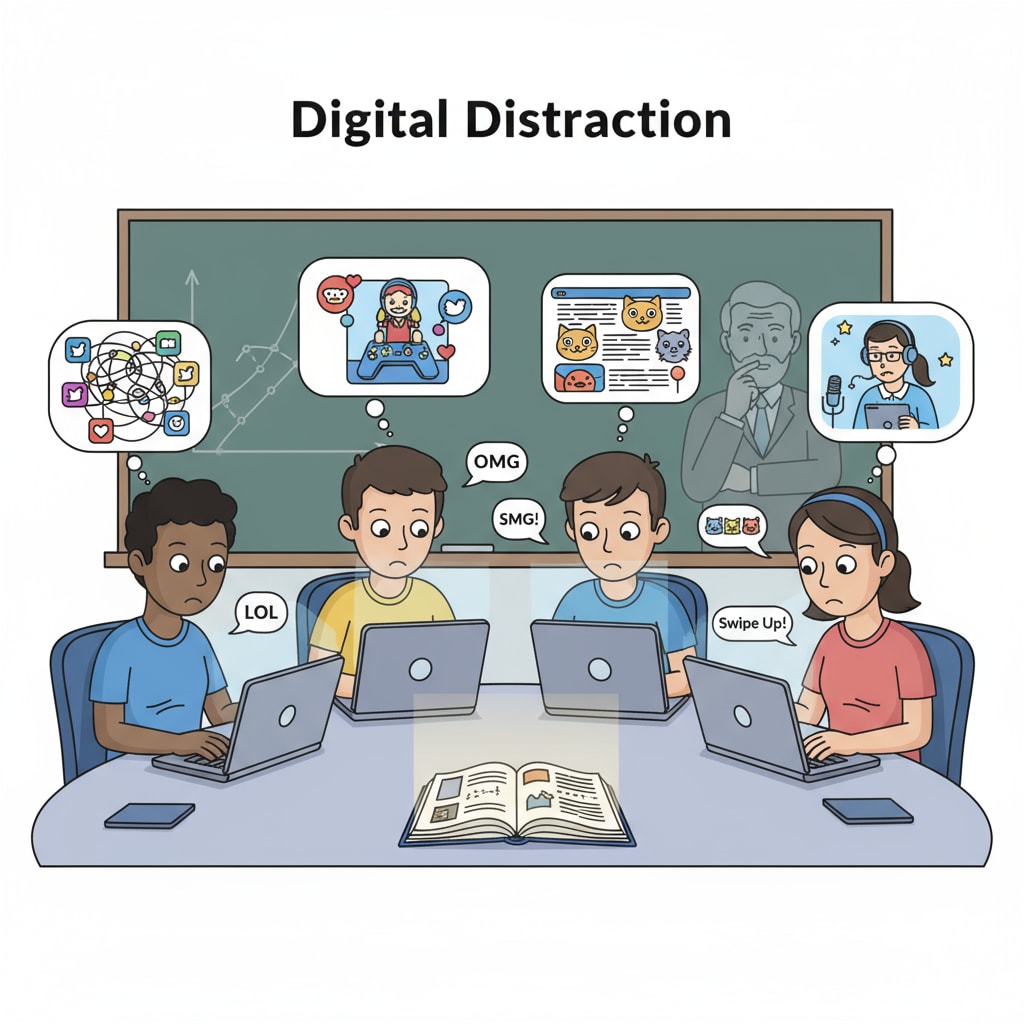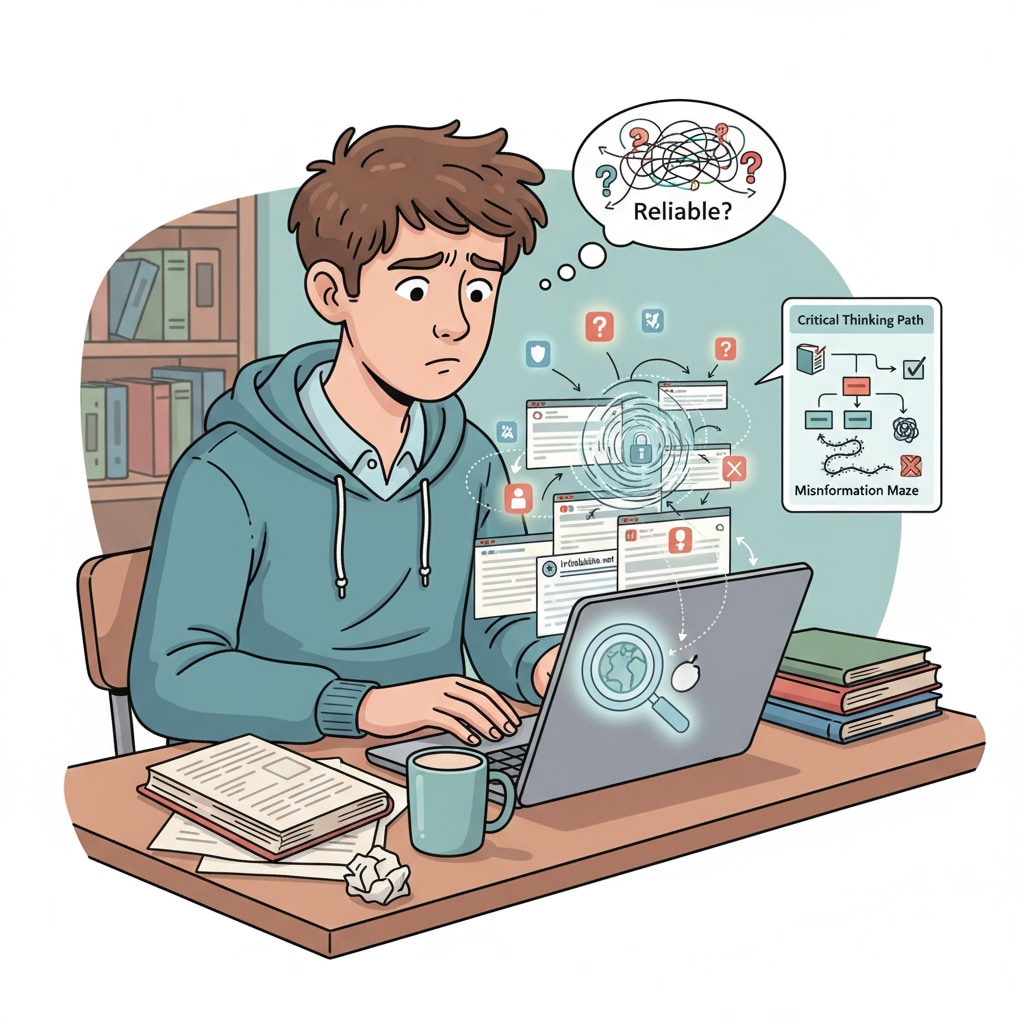In the era of digitalization, the concepts of attention economy, information desert, and tech manipulation are reshaping the educational landscape for K12 students. The digital environment has become a complex battlefield where students’ attention is constantly being vied for, with potentially detrimental effects on their cognitive development.
The Attention Economy: A Double-Edged Sword
The attention economy refers to the competition among digital platforms to capture and retain users’ attention. In the context of K12 education, this means that students are bombarded with a plethora of content designed to attract and hold their focus. Social media apps, online games, and various entertainment platforms use sophisticated algorithms to deliver personalized content that is highly engaging. For example, platforms like TikTok use algorithms to show users videos that they are likely to be interested in based on their past behavior. This constant stream of stimulating content can be a major distraction for students, diverting their attention from more important learning tasks. Attention economy on Wikipedia

The Information Desert: Starving for Quality Knowledge
Amid the attention economy, an information desert has emerged. Despite the vast amount of information available online, much of it is of low quality or lacks depth. Students are often exposed to shallow, sensationalized, or inaccurate information. This can lead to a situation where they are unable to develop a solid foundation of knowledge and critical thinking skills. For instance, in research projects, students may rely on easily accessible but unreliable sources, resulting in a misinformed understanding of the subject matter. As a result, they struggle to distinguish between valuable and worthless information, which is crucial for their academic growth. Information overload on Britannica

Tech manipulation also plays a significant role in this scenario. Digital platforms use design elements and psychological tricks to keep users engaged. Features such as infinite scrolling, notifications, and autoplay are all designed to make it difficult for users, especially students, to disengage. This manipulation can lead to addictive behaviors, causing students to spend excessive amounts of time on these platforms at the expense of their studies and other important activities.
Readability guidance: As we can see, the attention economy, information desert, and tech manipulation pose significant threats to K12 students’ cognitive development. In the following sections, we will explore practical strategies that educators can adopt to help students navigate this challenging digital landscape.


